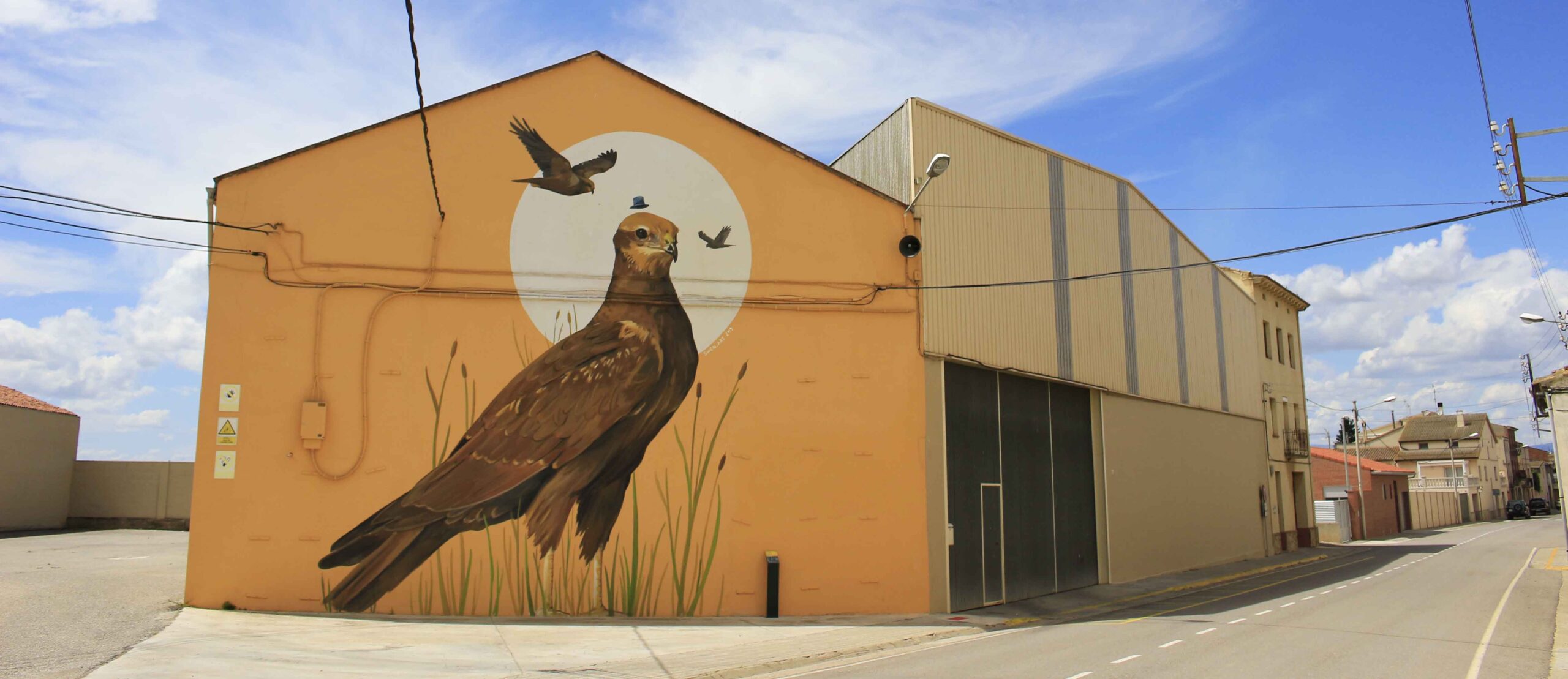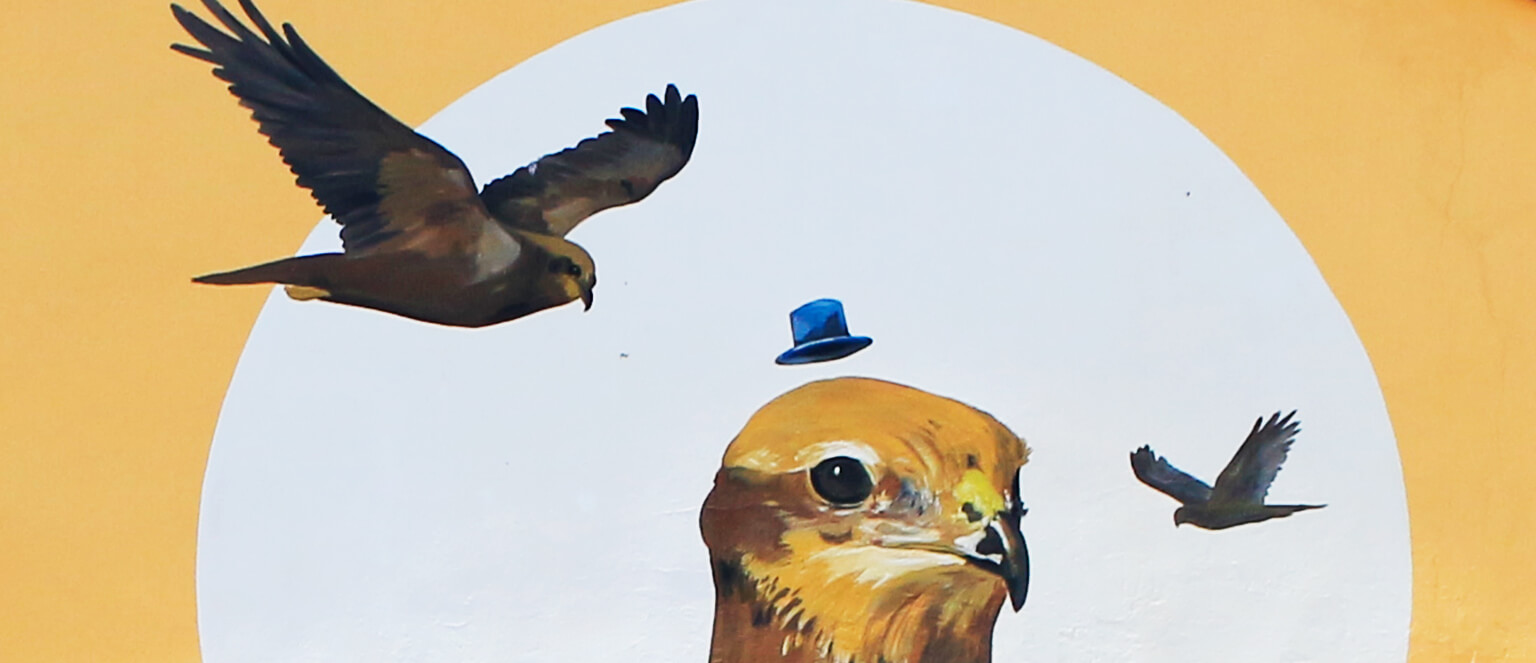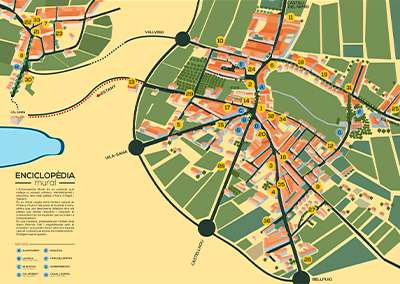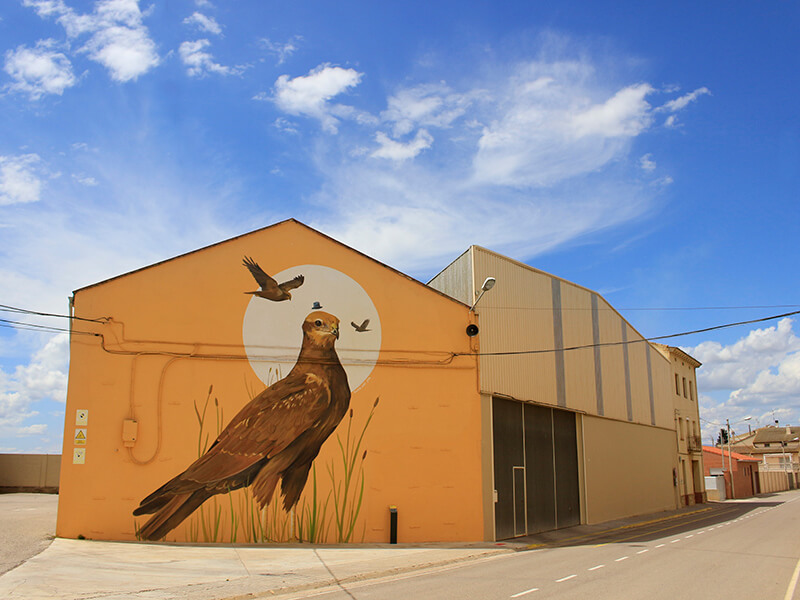43 – 55 cm
Marsh Harrier
Circus aeruginosus





115 – 140 cm

minor concern

wetlands, fields and reed beds

birds, chicks, eggs, small mammals and reptiles

very common
It is the most abundant bird of prey in the lake. It is common to see it gliding on the reedbed. When flying, its characteristic silhouette shows as a “V”.
Due to the desiccation of wetlands such as the lake and many others throughout the peninsula in the mid-twentieth century, and the systematic hunting of ‘alimañas’ (feristeles, in Catalan), the harpoons became a difficult bird to see. Today, happily, their population is in good health again.






